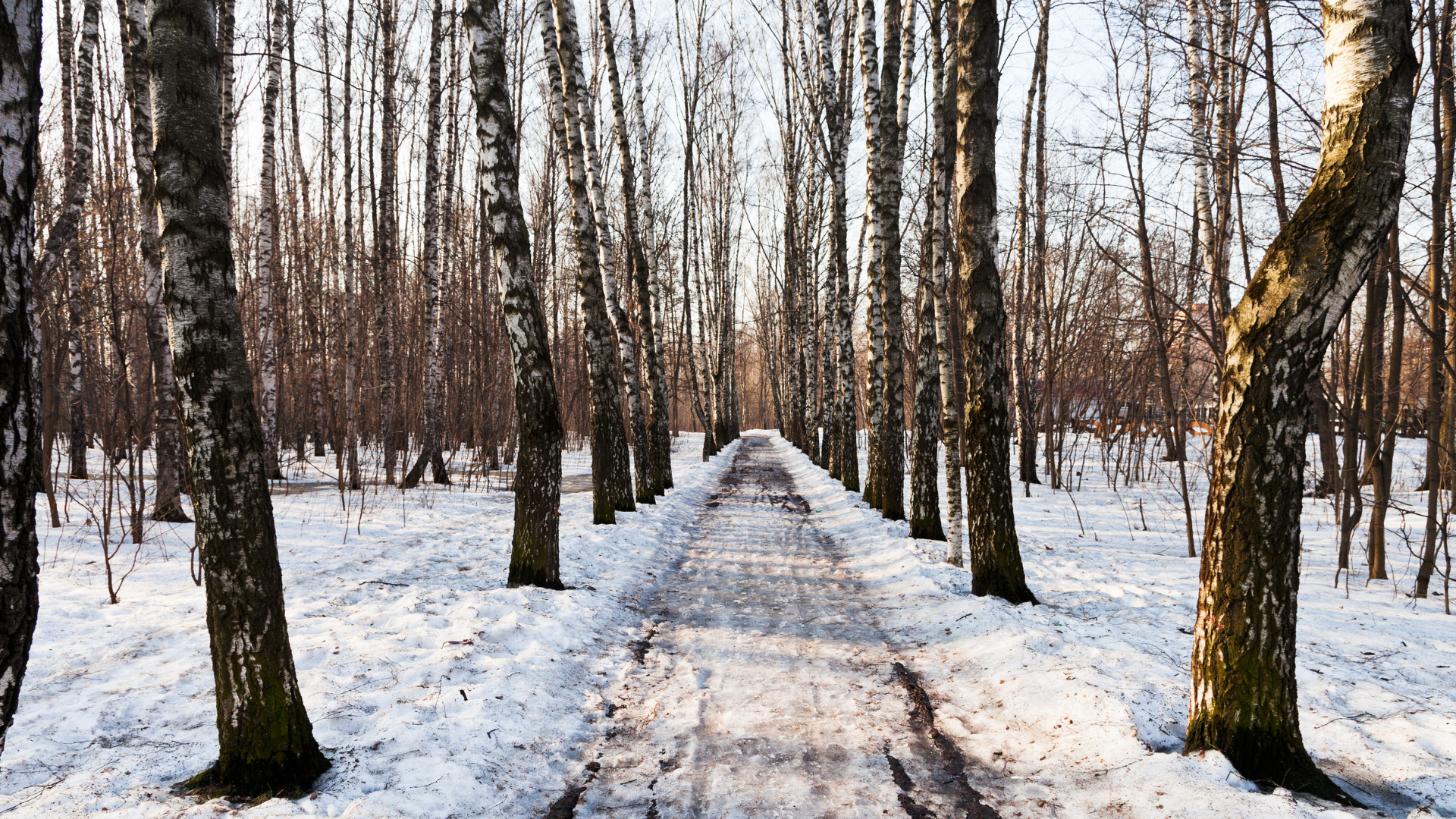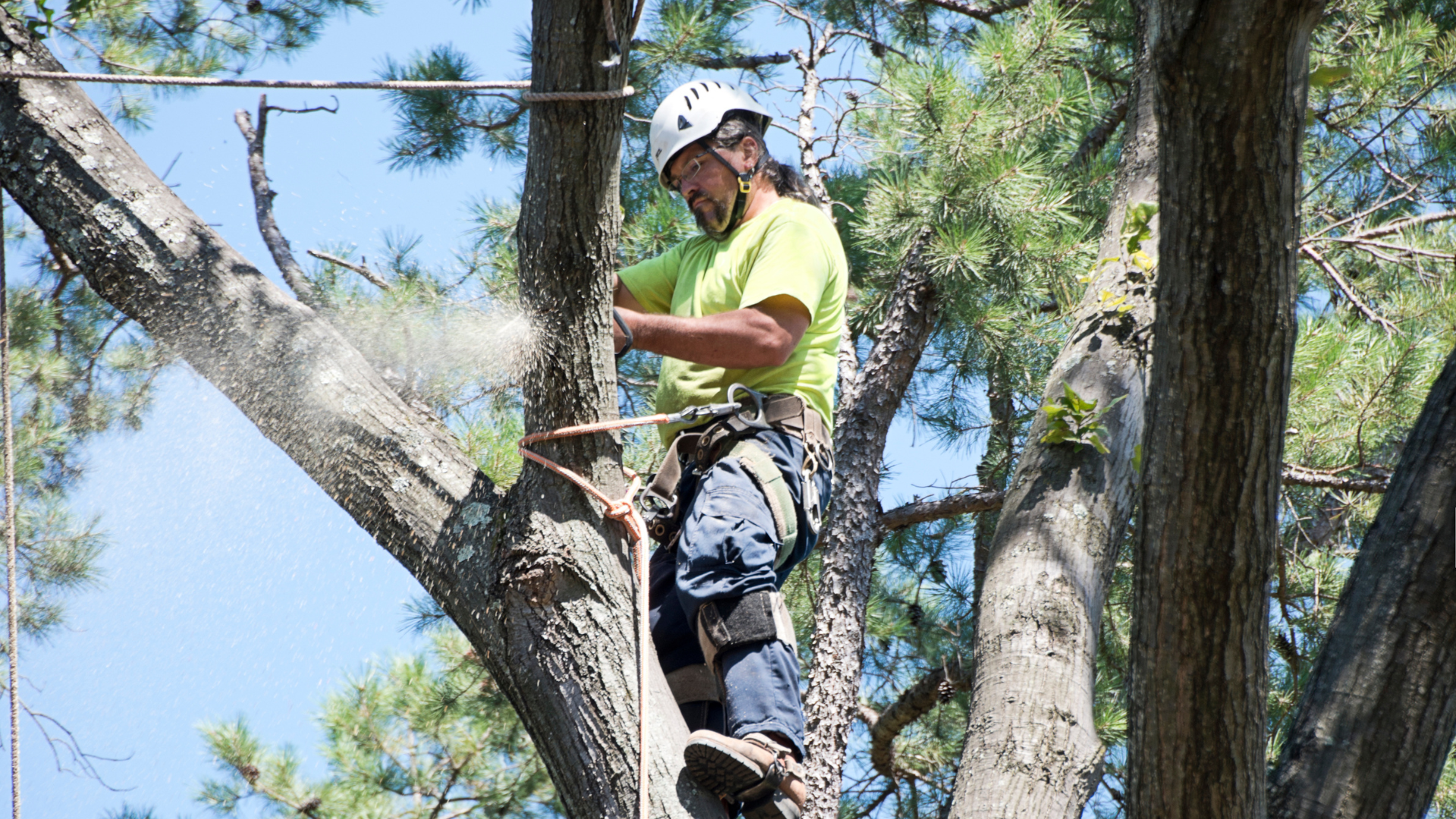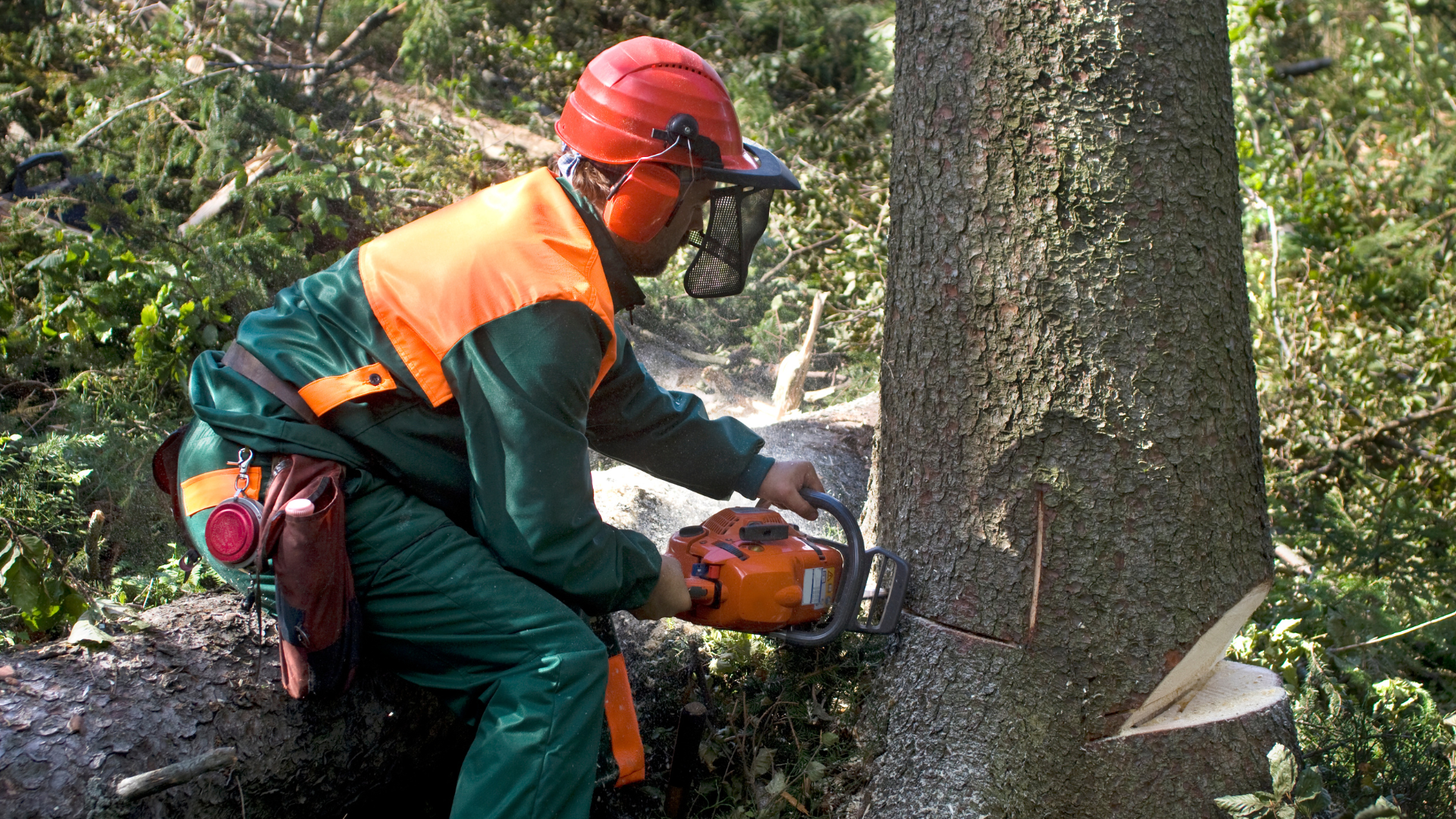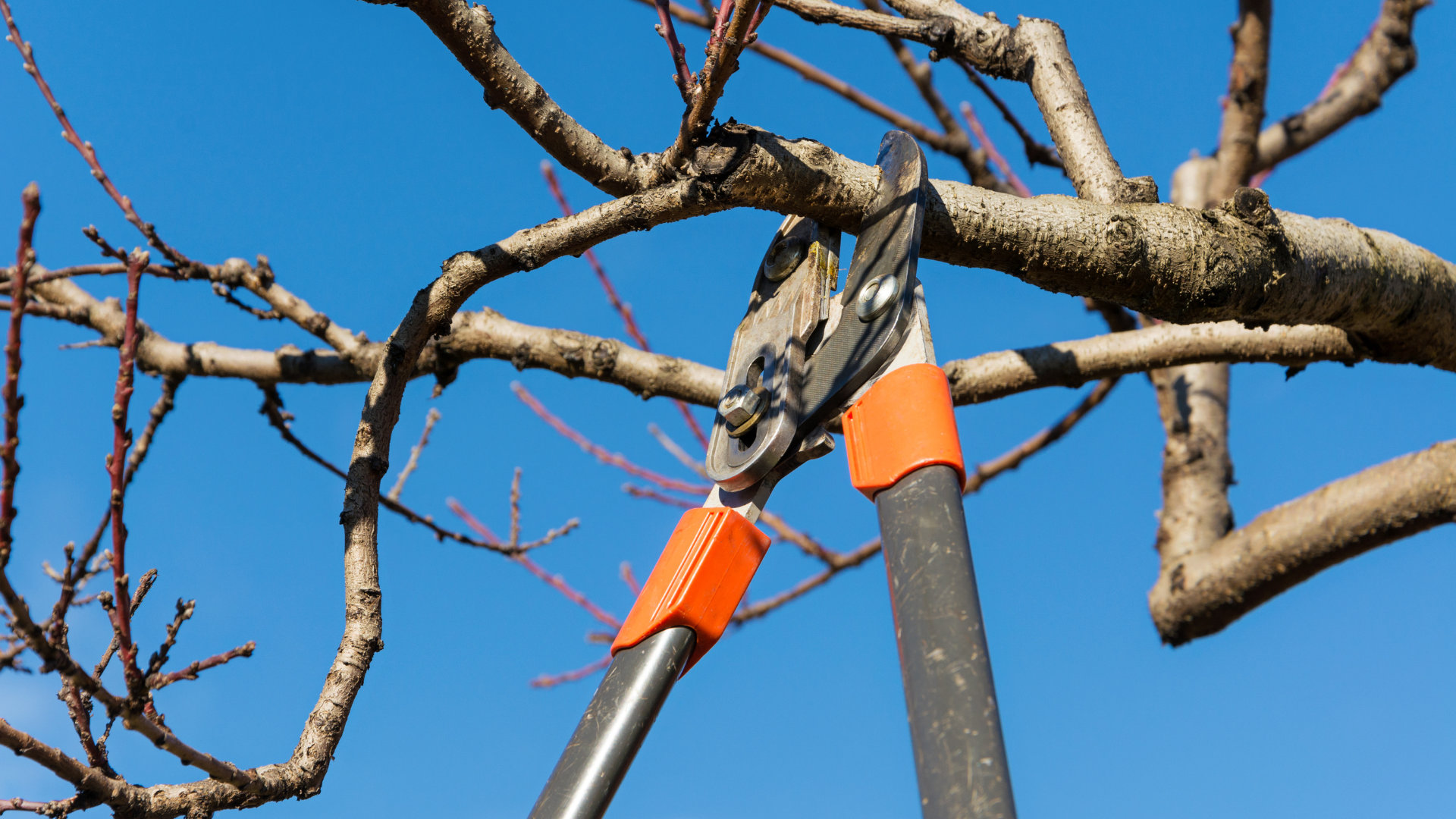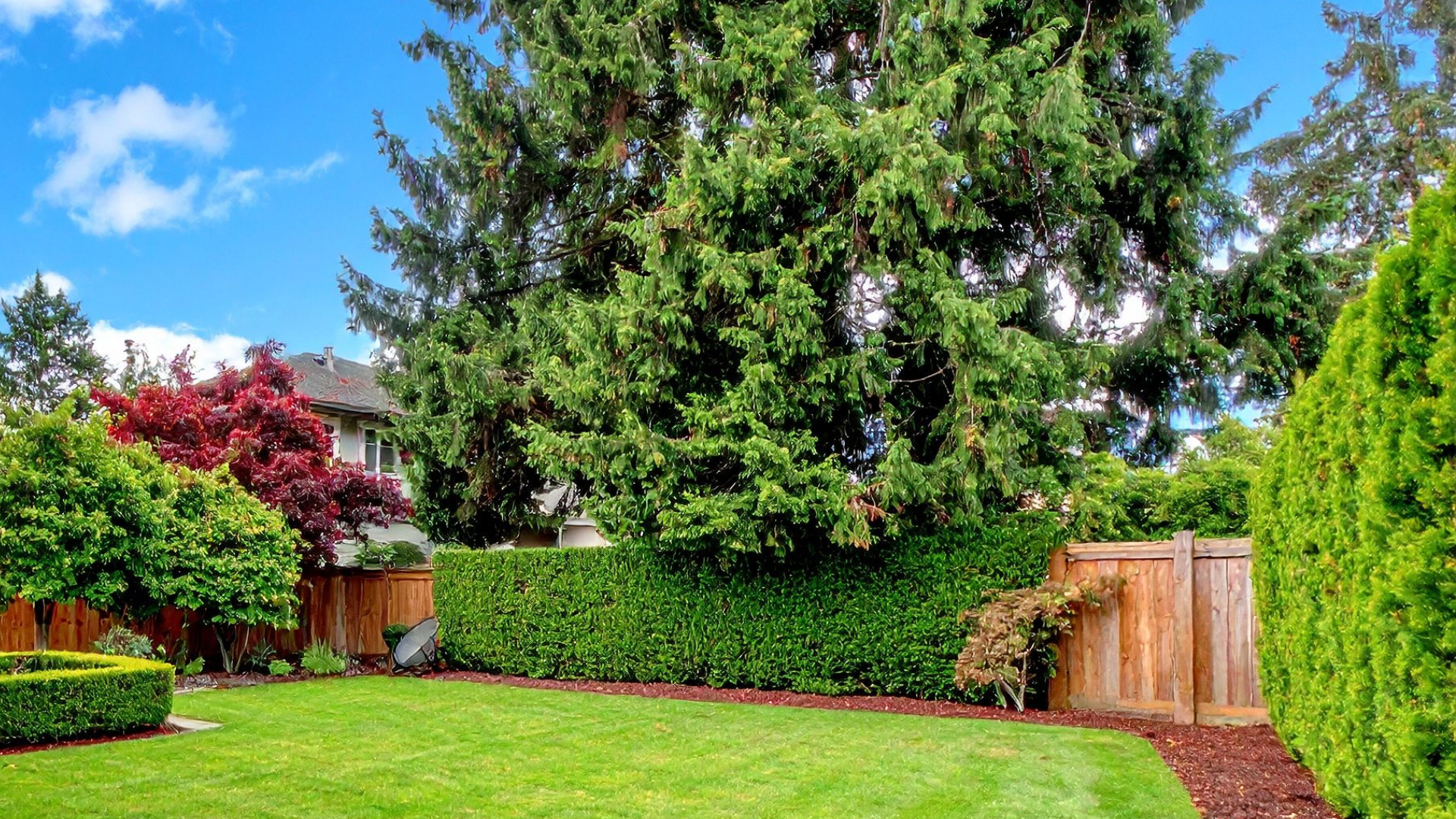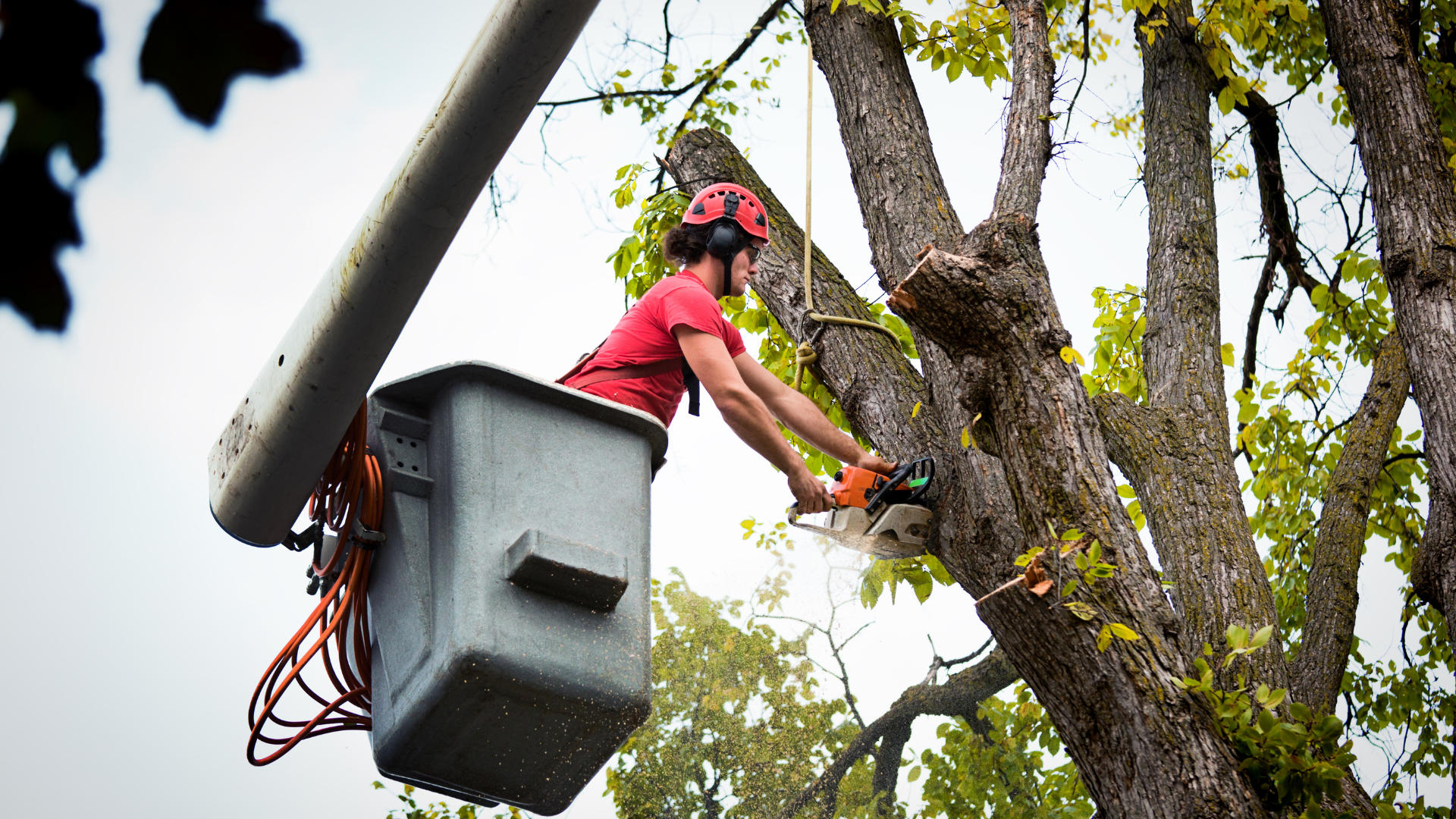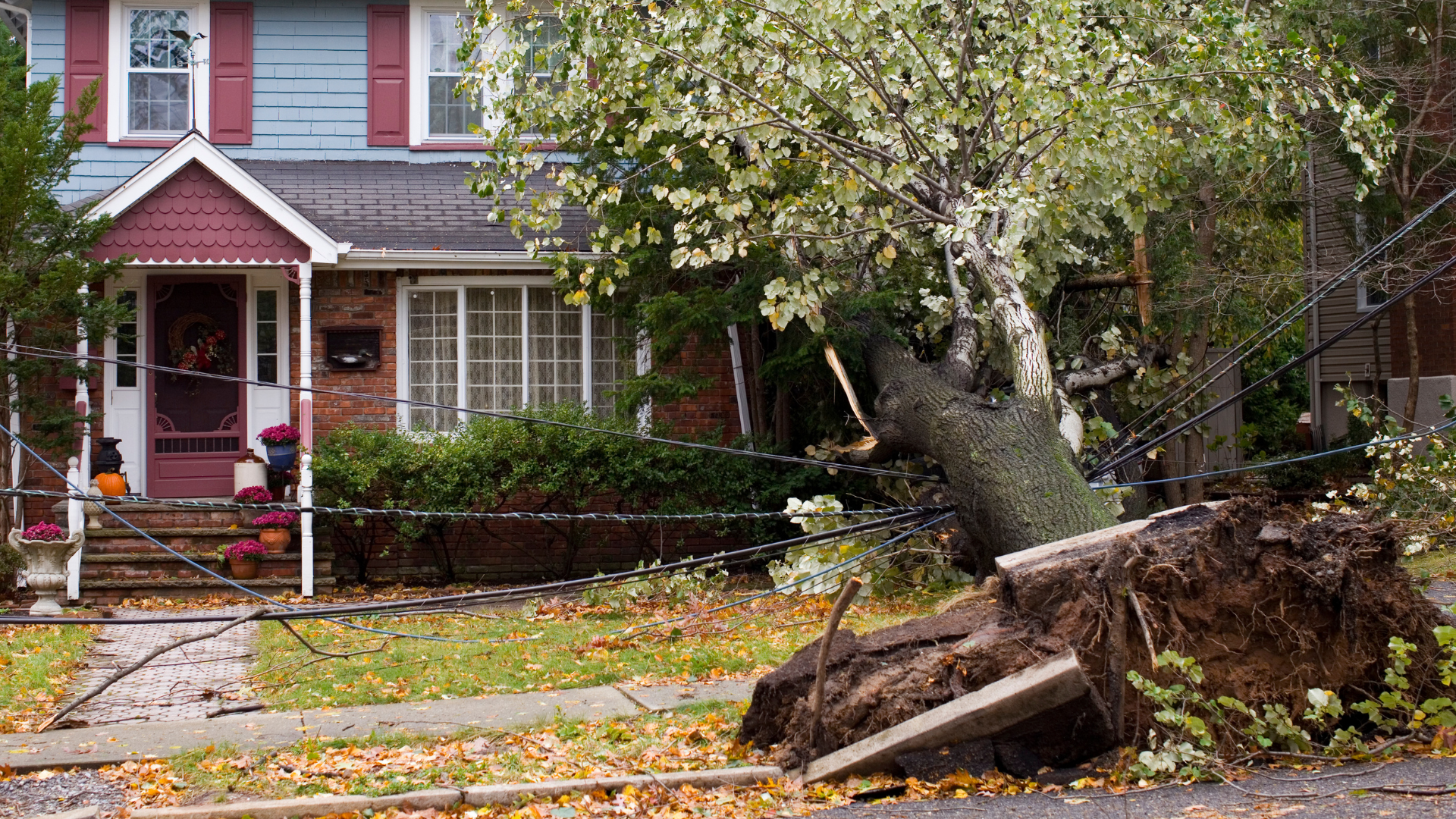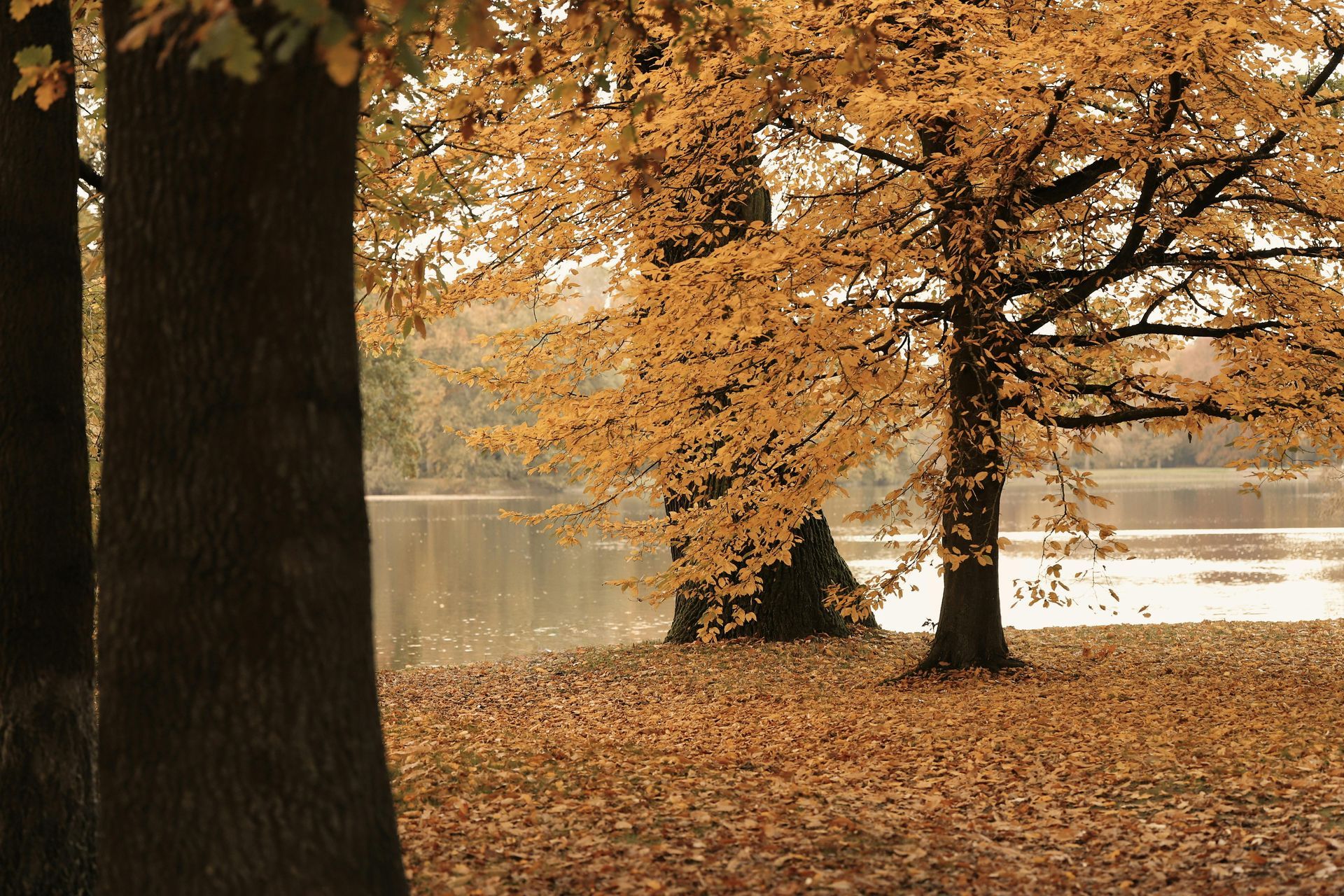Sustainable Tree Care Practices for Modern Landscapes
Sustainability in modern landscaping is no longer a trend, it is a responsibility. Trees are among the most valuable components of any outdoor environment, providing shade, clean air, and natural beauty. Yet maintaining them responsibly requires more than occasional pruning or storm cleanup. It means adopting sustainable practices that promote long-term health for trees, the soil that supports them, and the ecosystems they inhabit.
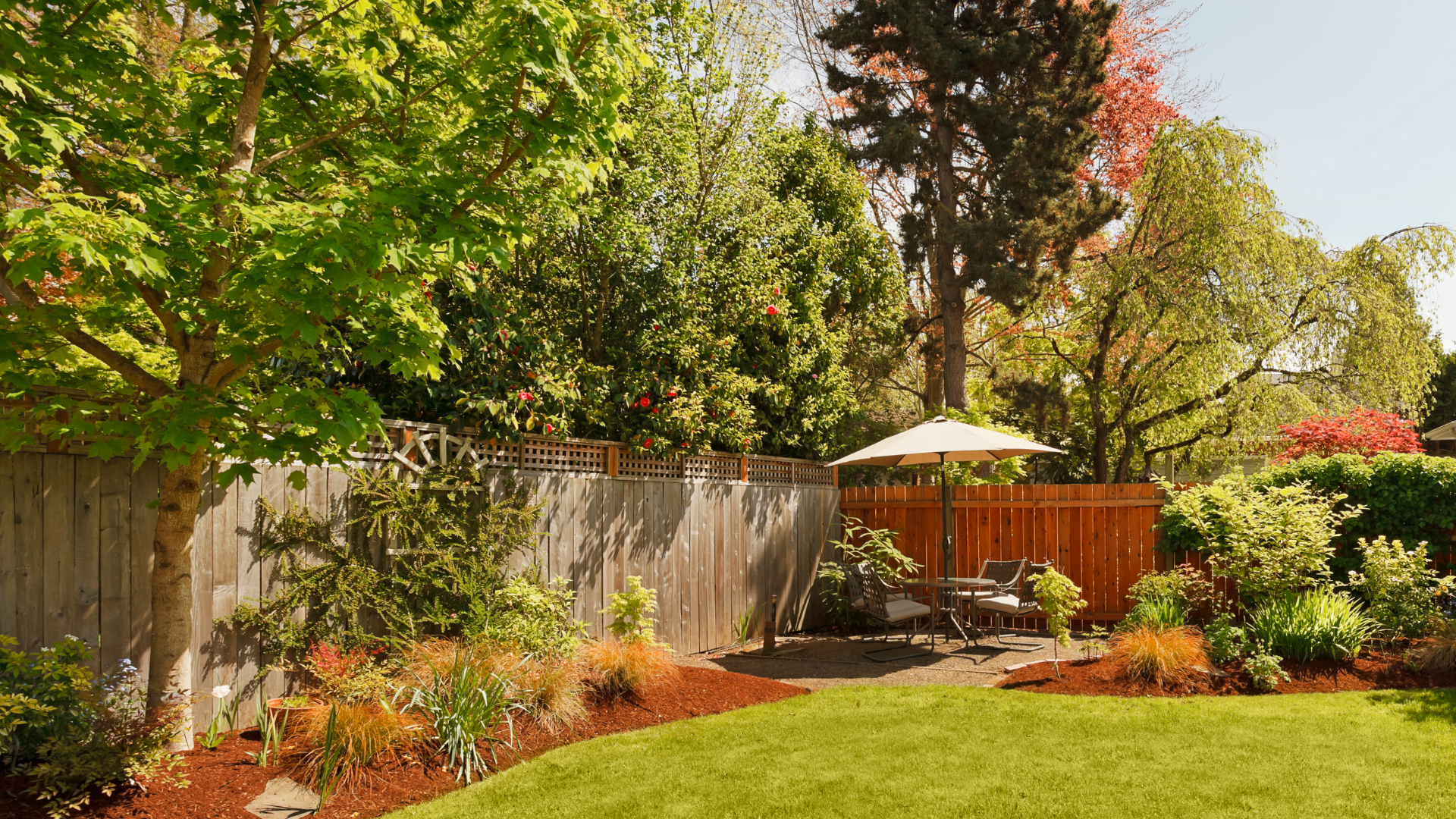
The Value of Sustainable Tree Care
Sustainable tree care begins with a commitment to balance. Every action, from planting to pruning, should enhance the health of the tree while minimizing environmental impact. By using science-based practices and respecting natural growth patterns, arborists can help trees thrive for decades rather than years.
Healthy trees provide measurable benefits. They reduce energy costs by providing shade in summer and acting as windbreaks in winter. They prevent soil erosion, improve air quality, and offer habitats for wildlife. Sustainability ensures that these benefits continue well into the future without depleting the surrounding environment.

Choosing the Right Tree for the Right Place
A sustainable landscape starts with proper planning. Selecting tree species that are well-suited to the regional climate, soil type, and available space helps prevent stress and disease. In the Midwest, native trees such as red oak, sugar maple, and river birch are resilient choices that adapt easily to changing weather and soil conditions.
Planting too close to structures or other trees can lead to overcrowding and root competition. Proper placement also minimizes the need for excessive pruning or removal later on, reducing both costs and waste.
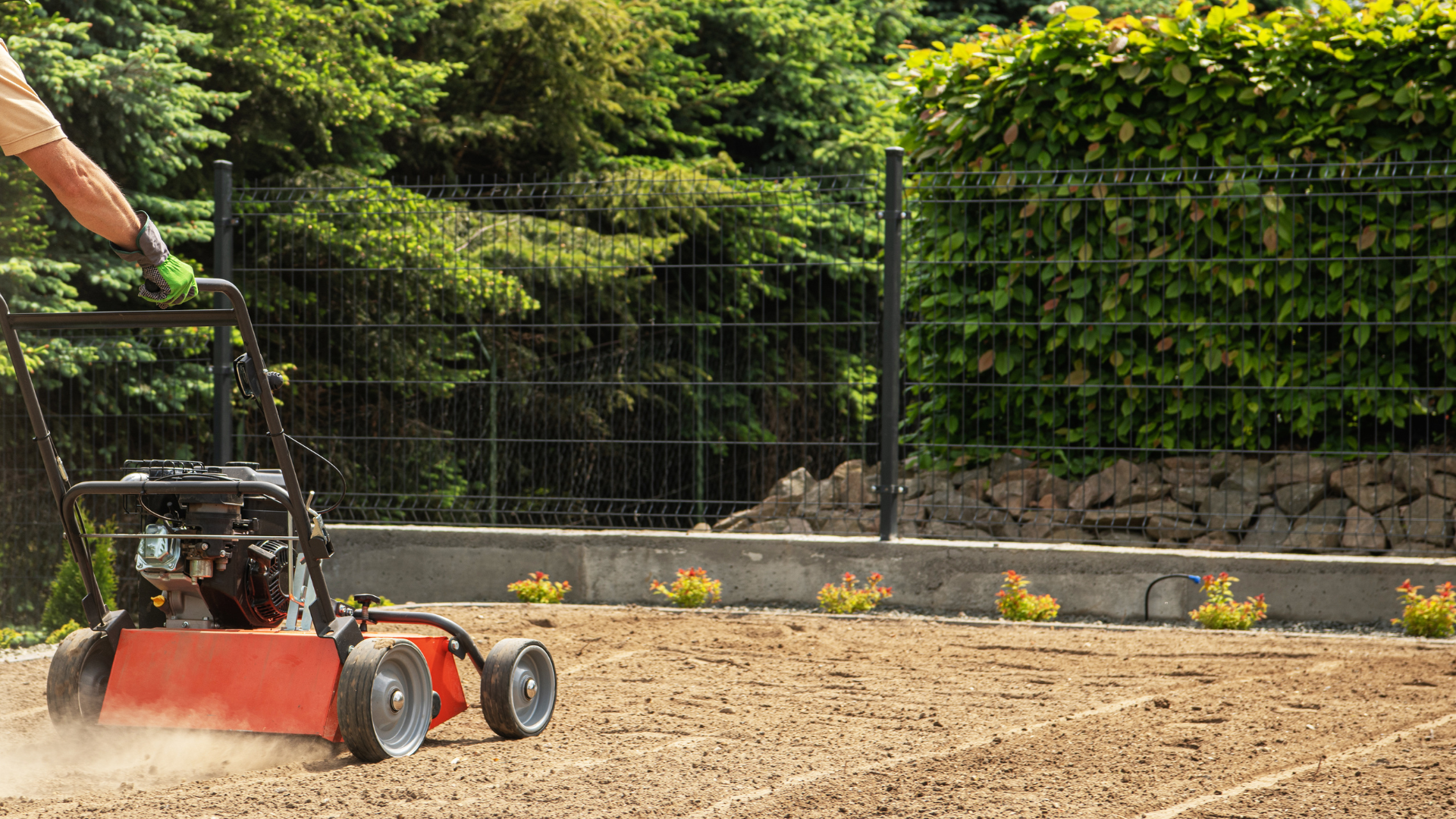
Organic and Eco-Friendly Soil Management
Healthy soil is the foundation of sustainable tree care. Over time, soil can become compacted by foot traffic, construction, or heavy equipment, which restricts oxygen and water movement to roots. Aeration helps alleviate compaction, while mulching retains moisture and regulates temperature.
Instead of synthetic fertilizers, many arborists now use organic soil amendments that nourish trees naturally. Compost, leaf mold, and slow-release nutrients improve soil health without introducing harmful chemicals that can leach into groundwater or disrupt microbial balance.

Water Conservation and Irrigation Efficiency
Watering practices are another key aspect of sustainability. Trees benefit from deep, infrequent watering that encourages roots to grow downward. Shallow watering leads to surface-level roots that are vulnerable to drought and wind damage.
Installing drip irrigation systems or using soaker hoses ensures water reaches the root zone with minimal waste. Collecting rainwater in barrels provides an additional eco-friendly water source, reducing dependence on municipal supplies.

Pruning with Purpose
Proper pruning is both an art and a science. It should always be done with the tree’s long-term structure and health in mind. Over-pruning not only disfigures trees but also increases vulnerability to pests and disease. Sustainable pruning removes only what is necessary to improve air circulation, eliminate deadwood, and maintain safe clearance near structures or walkways.
Professional arborists understand the biology of pruning cuts and how trees respond to them. This knowledge ensures that each cut contributes to longevity rather than causing unnecessary stress.
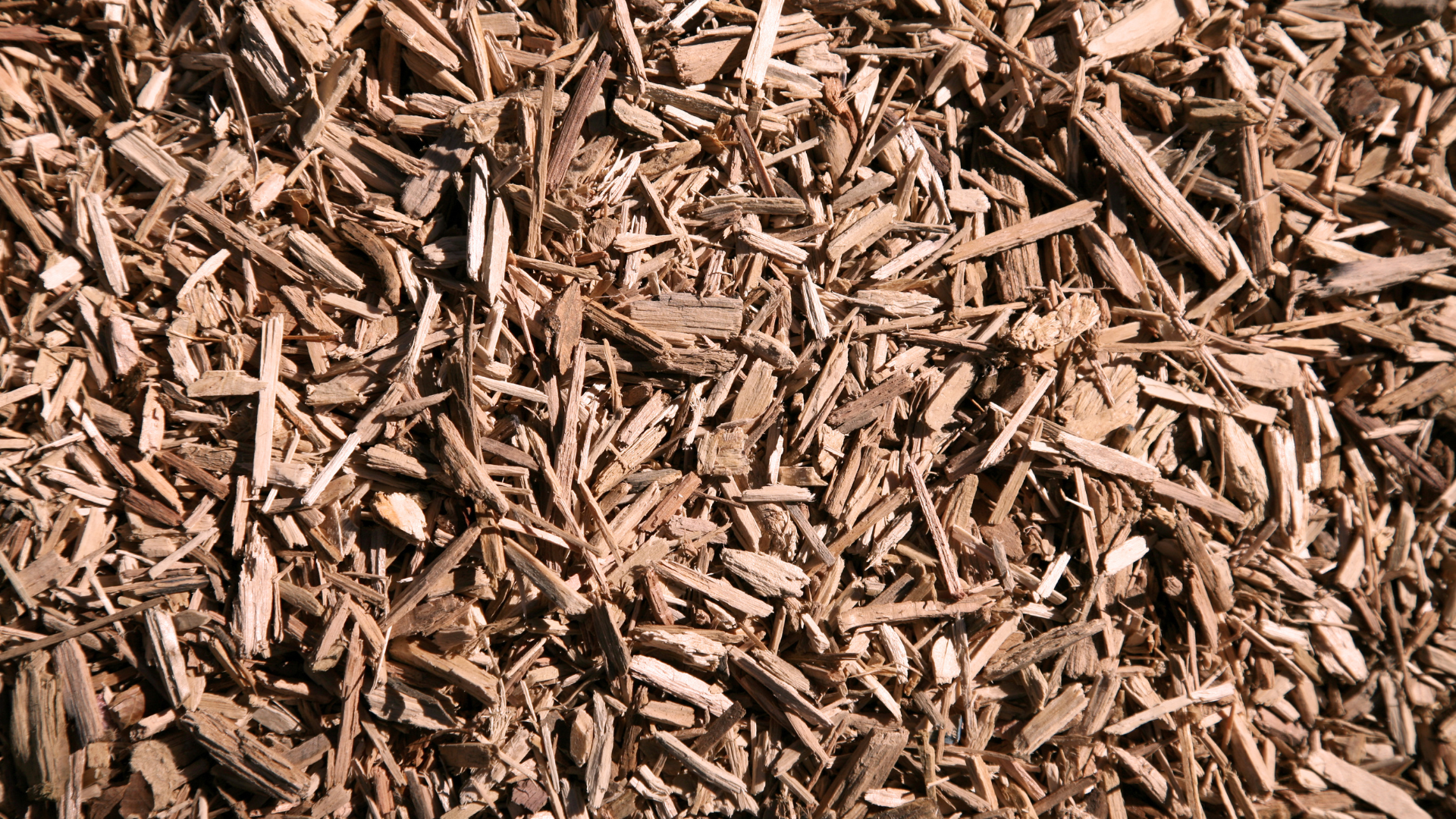
Recycling and Reuse of Green Waste
Sustainability extends to what happens after pruning or removal. Rather than sending branches and debris to landfills, green waste can be repurposed into mulch, compost, or wood chips for pathways. These recycled materials return nutrients to the soil and reduce overall waste.
In some cases, larger sections of removed trees can even be milled into lumber or repurposed for community projects. This approach honors the life cycle of the tree while supporting local sustainability initiatives.
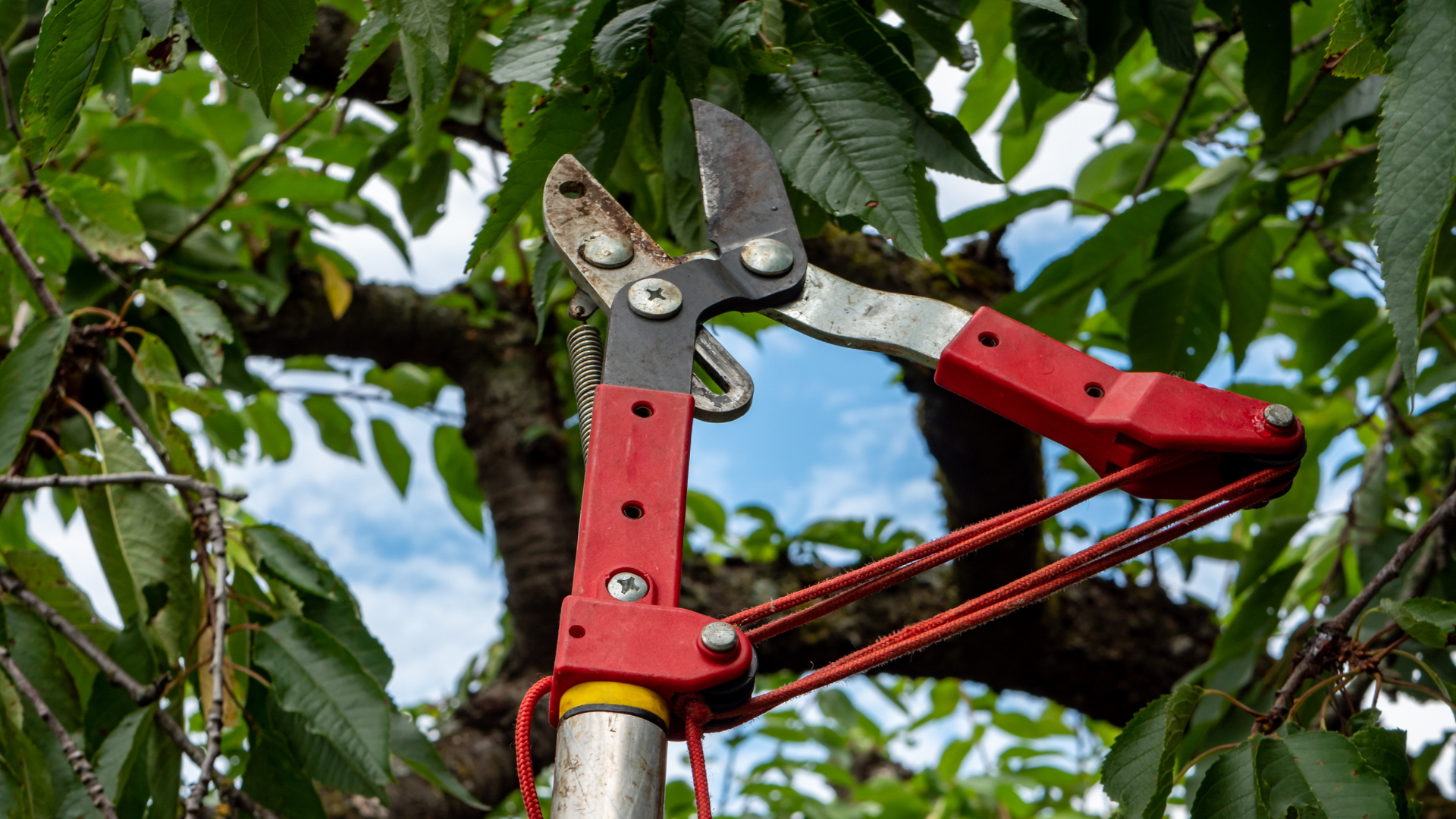
A Long-Term Commitment
Sustainable tree care is not a single service but an ongoing philosophy. It requires regular monitoring, thoughtful intervention, and respect for the natural processes that govern tree growth. Partnering with a professional tree care company ensures that maintenance practices remain safe, responsible, and environmentally sound.
By adopting sustainable methods, property owners not only protect their trees but also contribute to a healthier planet. Every well-tended canopy becomes part of a larger effort to preserve green spaces, conserve resources, and create beauty that lasts for generations.
At Midwest Tree Surgeons, sustainability is at the heart of every project. Through responsible care, expert planning, and a respect for nature, we help ensure that the landscapes of today remain thriving and vibrant tomorrow.
